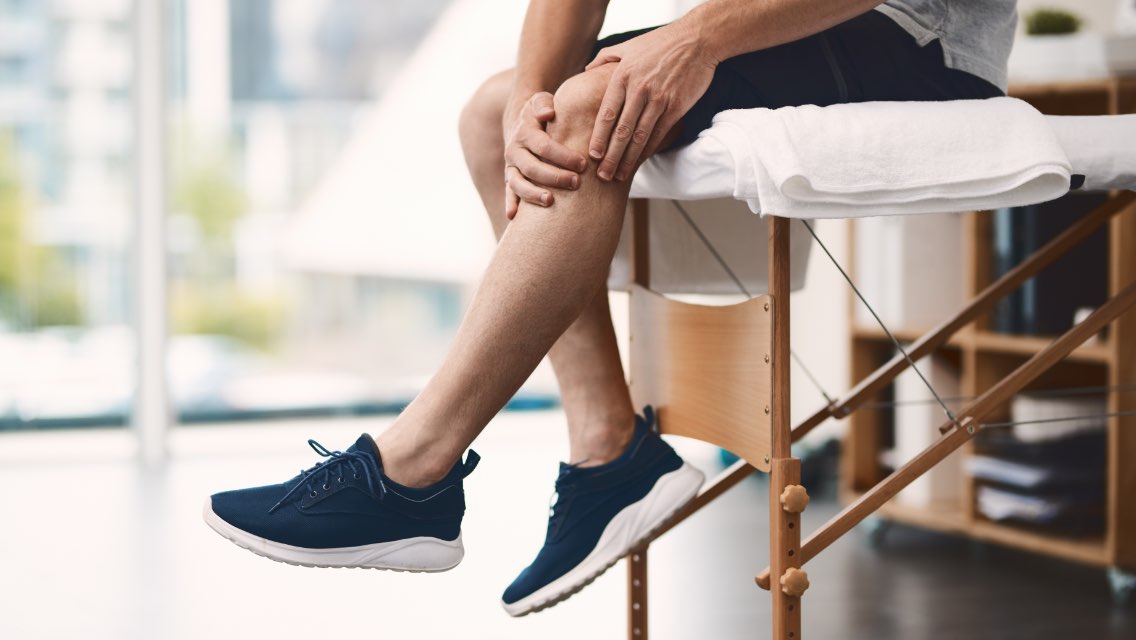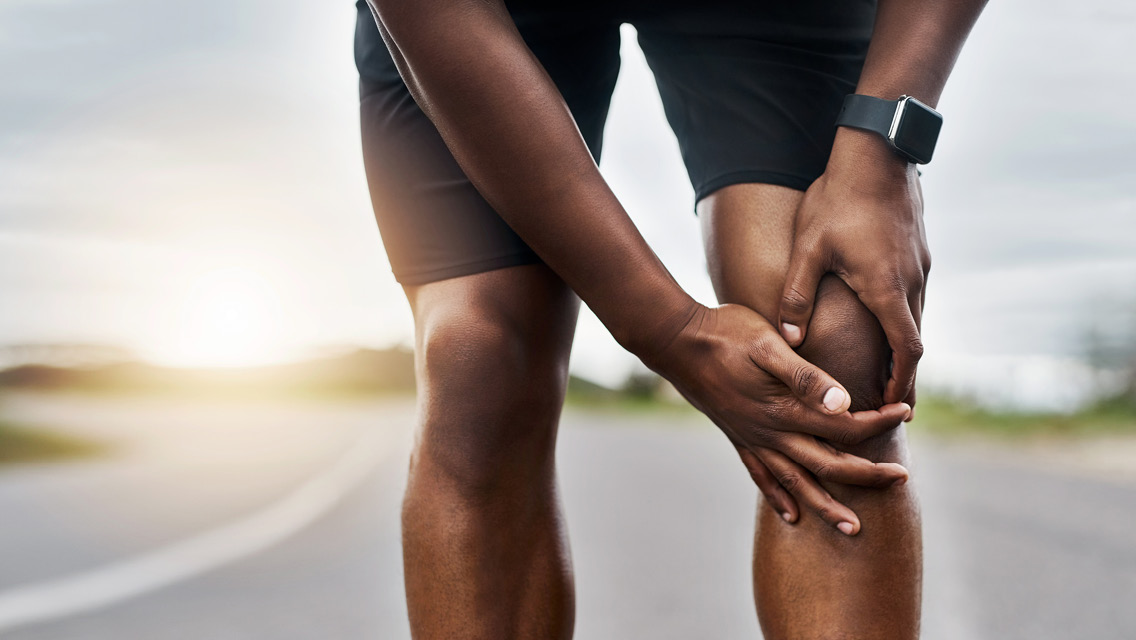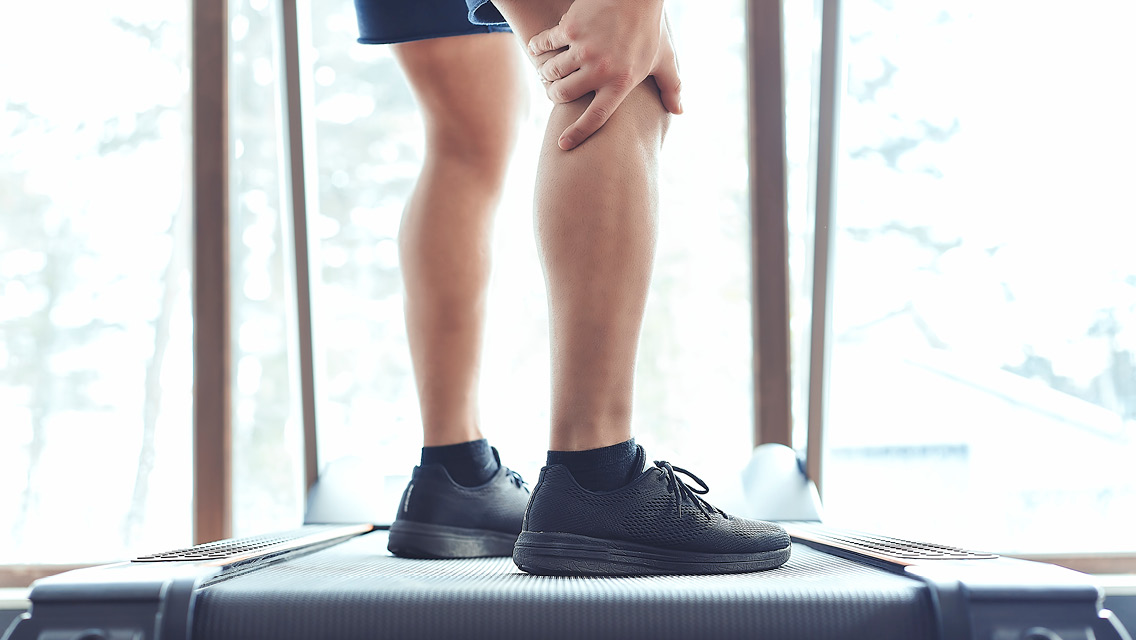Alaina Hardie remembers the day as a teenager when her bike careened off the edge of a ramp and she tore the anterior cruciate ligament (ACL) in her right knee.
“I put my foot down to catch myself,” recalls Hardie, “and crack! The pedal hit the side of my knee. I heard a pop, and then I was in unbearable agony.” Now an amateur boxer and cyclist in her 30s, she still has to be careful not to reinjure herself while exercising or sparring in the ring.
While many active people have experienced the pain that accompanies an ACL injury – a partial or complete tear of the ligament that runs under the front of the kneecap and controls the pivoting motion of the knee joint – women are four to eight times more likely than their male counterparts to suffer an ACL tear.
The riskiest activities for your knees are those that involve moving quickly from side to side, pivoting, stopping suddenly or landing from a jump – which are prevalent in sports such as soccer, volleyball and basketball. As women’s participation in sports and other physical activities has increased, so has their rate of injury.
Risk Factors for ACL Injury
Why are women more prone to this type of injury than men? Evidence points to a number of reasons:
1. Skeletal Structure. Women’s hips and pelvic girdles are naturally wider than men’s to accommodate bearing children. Thus, their thighbones (femurs) tilt in from the hip at a greater angle to meet the knee, making the knees more likely to rotate inward. The results are valgus or “knockknee” and more pressure on the joints. Another anatomical difference: the width of the groove at the end of the femur (the femoral intercondylar notch). That groove, through which the ACL passes, tends to be narrower in women, and some believe that lateral and jumping movements may, over time, have a nasty shearing effect on the ACL.
2. Hormones. Some studies have shown that hormonal changes can affect the laxity of connective tissue throughout a woman’s menstrual cycle. Other studies, however, suggest joint looseness and cyclic risk varies greatly from woman to woman, and still others have rejected the hormone factor altogether. Even though the jury is still officially out, it’s worth noting that when estrogen levels spike during ovulation, a woman may be at an increased risk for a knee injury.
3. Floors and Footwear. The type of playing surface and footwear may also have a role in ACL injury. While studies have shown mixed results, it appears that sticky rubber floors and shoes with cleats – both of which cause the foot to catch in place when landing from a jump or making a quick movement – can boost the risk of injury. This is especially notable for women, who tend to have a higher foot turnover (meaning they interact more with the playing surface) when engaged in a sport.
4. Neuromuscular Factors. This broad group of factors includes:
Connective-tissue properties. The ACL is a connective tissue that stores elastic energy like a rubber band – it helps put the spring in your steps and the height in your jumps. But how well it controls the joint depends on the speed and magnitude of the movement: Sudden, rapid motions, particularly lateral ones, can greatly increase the risk of a tear. Men’s ACLs are slightly thicker than those of the average woman, making them more durable and less susceptible to injury.
Strength ratios. Women tend to have stronger quadriceps relative to their hamstrings, which may decrease the hamstrings’ ability to stabilize the knees. The general recommendation for a healthy hamstring-to-quadricep strength ratio is for the hamstring to be at least 60 percent – and ideally closer to 80 percent – as strong as the quad.
Movement habits. According to a 2003 study published in Clinical Biomechanics, women tend to move differently than men. For example, women are more likely to land from jumps with straighter legs, relying on their knee and ankle joints to take the brunt of the impact. On landing, their thighbones, shinbones and feet tend to rotate inward more and their knees come toward each other, placing undue stress on the ligaments.
Fatigue. Tired muscles aren’t as good at absorbing impact, controlling the position of joints or responding quickly to sudden demands. They force connective tissues to work harder to manage the weight loads and to stabilize moving parts. While both men and women are susceptible to fatigue, women may have increased liability in this area as the result of the intersecting factors mentioned above.
Solidifying Strategies
Wide-hipped girls and basketball lovers take heart: You aren’t doomed to damaged knees. Recent research suggests that learning proper neuromuscular techniques early in your athletic career, such as jumping and landing properly, play a big role in maintaining healthy knees. With training, girls and women can significantly reduce their risk of injury.
Because knee injuries are not the result of just one cause, there isn’t just one solution. Combine the ideas below to build your own prevention plan:
- Education and observation. “Educate yourself about your movements,” advises Tim Hewett, PhD, director of the Sports Medicine Biodynamics Center and the Human Performance Laboratory at Cincinnati Children’s Hospital Medical Center. “Have someone observe you, or film yourself, and study how you jump and land, especially noting whether your knees are collapsing inward toward each other.” As training becomes more difficult and fatigue sets in, be vigilant and don’t allow your knees to cave in. Focus on keeping proper alignment by engaging your hamstrings and hip abductors – the muscles that help you externally rotate the hip and pull your legs outward, away from the midline of your body.
- Plyometric drills involving dynamic jumping movements strengthen connective tissue better than just about any other method. Although instruction from a qualified coach, personal trainer or sports physical therapist helps, says Hewett, it isn’t absolutely necessary. He suggests “simple jumps to start with, like tuck jumps – jumping up and tucking the legs to the chest quickly, then re-extending the legs and landing softly with bent legs, trying to keep the knees from collapsing inward on both takeoff and landing.” Hewett also recommends one-legged hops in various directions: front to back, side to side and diagonally, starting with one or two short sets of 10 repetitions and working up from there (but not past fatigue). Plyometrics should be performed early in your workout before your legs get tired.
- Agility training helps you perfect fancy footwork and proper movements, such as pivoting and rapid changes in direction on the court or field. The more accustomed your body is to moving in certain ways, the more you can depend on it to move correctly when it counts. A classic agility drill is the “ladder drill,” where a rope ladder is laid out on the ground and players must run different patterns over it, carefully placing their feet between the rungs. (See www.sport-fitness-advisor.com/ladder-agility-drills.html.) You can get similar training perks from jumping rope or playing hopscotch.
- Resistance training. A well-balanced program includes strengthening the muscular link that runs from the lower back through the glutes, hips and hamstrings. “The knee is often the symptom of a problem that originates at the hip,” says Hewett. He recommends aiming for hamstrings to be about two-thirds as strong as quadriceps.
- Unilateral training helps mimic the real-life conditions of playing a sport and also helps correct any asymmetries in strength. Try one-legged squats, lunges, dead lifts, and jumps both forward and backward and side to side. You can also try balance training that involves standing on one leg on an unstable surface (such as a wobble board). (Learn more about unilateral movement here.)
- Maintain a healthy body weight. Flat out, the heavier you are, the more force your joints have to manage – and the more damage you can do to your knees.
In short, being active and female increases your risk of knee problems, but it isn’t a death sentence for your ACLs. By learning proper jumping and landing techniques, and maintaining strong muscles around the joints early on, you can keep your ligaments healthy for the long haul.
This article originally appeared as “Weak In the Knees” in the September 2006 issue of Experience Life.



This Post Has 0 Comments